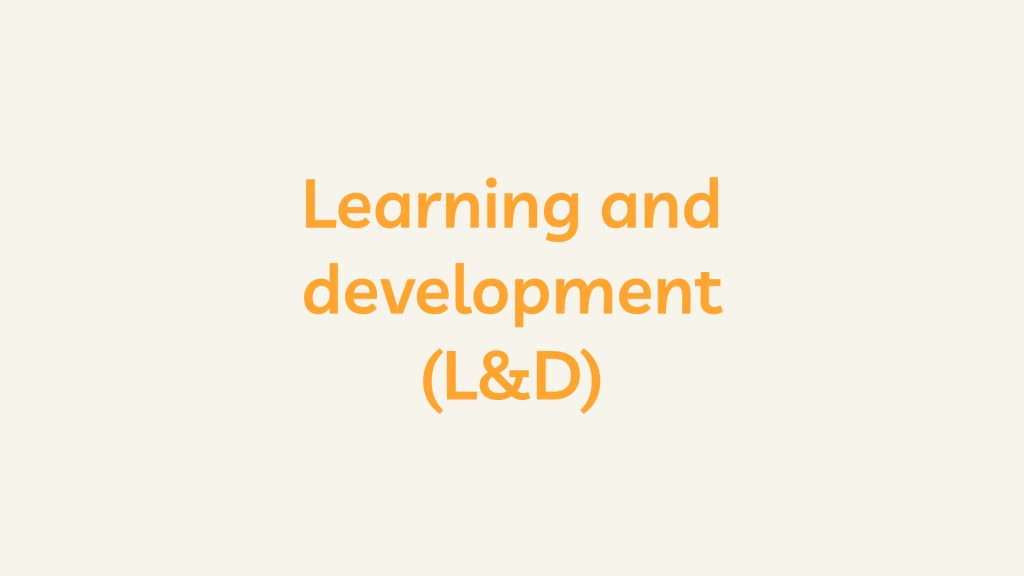What is Learning and development (L&D)?
Learning and Development (L&D) is a strategic and systematic approach to enhancing individuals’ knowledge, skills, and capabilities within an organization. It encompasses various activities designed to foster continuous learning and professional growth among employees. The goal of L&D is to improve performance, drive innovation, and contribute to the organization’s overall success by investing in developing its human capital.
Key Components of Learning and Development
- Training Programs:
- Structured training programs are a fundamental aspect of L&D. These can range from onboarding sessions for new employees to ongoing skill development workshops and seminars. Training programs aim to address specific knowledge gaps and equip employees with the skills needed to perform their roles effectively.
- Professional Development:
- L&D focuses on the continuous professional development of individuals throughout their careers. This involves providing opportunities for employees to acquire new skills, stay updated on industry trends, and enhance their expertise in their respective fields.
- Leadership Development:
- Leadership development is a key component of L&D, aimed at preparing individuals for leadership roles within the organization. Leadership training programs may cover topics such as strategic thinking, communication skills, decision-making, and team management.
- Performance Management:
- L&D is closely tied to performance management, helping employees set and achieve performance goals. This involves providing feedback, coaching, and creating personalized development plans to support individuals in reaching their full potential.
- Mentorship and Coaching:
- Mentorship and coaching programs are integral to L&D initiatives. These programs connect experienced individuals with less experienced ones, fostering knowledge transfer, skill development, and professional guidance.
- E-Learning and Online Resources:
- With advancements in technology, e-learning platforms and online resources play a significant role in L&D. These tools provide flexible and accessible ways for employees to engage in learning activities, including webinars, virtual courses, and self-paced modules.
- Cross-Functional Training:
- L&D encourages cross-functional training to broaden employees’ understanding of different aspects of the business. This can involve employees learning about roles and functions outside of their immediate responsibilities, promoting a more versatile and collaborative workforce.
- Career Pathing:
- Career pathing initiatives within L&D help employees understand potential career trajectories within the organization. This involves identifying skills needed for advancement and creating pathways for career progression.
- Continuous Feedback and Evaluation:
- L&D is an iterative process that involves continuous feedback and evaluation. Regular assessments, performance reviews, and feedback mechanisms help ensure that learning initiatives are effective and aligned with organizational objectives.
- Adaptability and Change Management:
- L&D is crucial for building adaptability among employees, especially in rapidly changing industries. It includes programs that help individuals cope with change, acquire new skills in response to evolving market demands, and contribute to organizational agility.
Conclusion
Effective Learning and Development contribute to employee engagement, retention, and overall organizational success. By investing in the growth and development of their workforce, organizations can create a culture of continuous learning, innovation, and adaptability.
